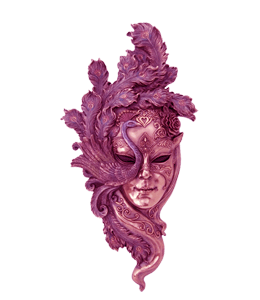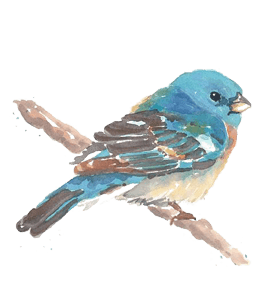What is Pale Cerulean Color?
Pale Cerulean has the hex code #76C1DA. The equivalent RGB values are (118, 193, 218), which means it is composed of
22% red, 36% green and 41% blue. The CMYK color codes, used in printers, are C:46 M:12 Y:0 K:15. In the HSV/HSB scale, Pale Cerulean has a hue of 195°, 46% saturation and a brightness value of 85%.
Details of other color codes including equivalent web safe and HTML & CSS colors are given in the table below. Also listed are the closest Pantone® (PMS) and RAL colors.
Pale Cerulean is not part of the web colors list and, therefore, cannot be used by name in HTML and CSS code. The best way to apply the color to a web page is to put in the hex, RGB and/or HSL values. Please also note that the CMYK numbers mentioned on this page have been calculated from the hex code using well-known formulae and are only approximations.
Download Pale Cerulean Solid Color Background
Pale Cerulean Color Codes
| Hex Code | #76C1DA |
| RGB Values | (118, 193, 218) |
| CMYK Values | (46%, 12%, 0%, 15%) |
| HSV/HSB Values | (195°, 46%, 85%) |
| Closest Web Safe | #66CCCC |
| Inverse Color | #893E25 [Burnt Umber] |
| Closest Pantone® | 630 C |
| Closest RAL | 6027 [Light green] |
| Complementary Color | #DA8F76 [Middle Red] |
| Pale Cerulean Converted to Grayscale Codes | |
|---|---|
| Simple Average | #B0B0B0 |
| Desaturated | #A8A8A8 |
| Weighted Average (Most Common) | #ADADAD |
| Weighted Average (Luma) | #B3B3B3 |
| Weighted Average (Gamma Adjusted) | #D3D3D3 |
Pale Cerulean Color Palettes
Complementary Palette
The complement of Pale Cerulean is Middle Red with the hex code #DA8F76. Complementary colors are those found at the opposite ends of the color wheel. Thus, as per the RGB system, the best contrast to #76C1DA color is offered by #DA8F76. The complementary color palette is easiest to use and work with. Studies have shown that contrasting color palette is the best way to grab a viewer's attention.
Analogous Palette
The analogous colors of Pale Cerulean (#76C1DA) are Vista Blue (#768FDA) and Pearl Aqua (#76DAC1). In the RGB color wheel, these two analogous colors occur to the right and left of Pale Cerulean with a 30° separation on either side. An analogous color palette is extremely soothing to the eyes and works wonders if your main color is soft or pastel.
Split-Complementary Palette
As per the RGB color wheel, the split-complementary colors of Pale Cerulean (#76C1DA) are #DA768F (Pale Red-Violet) and #DAC176 (Burlywood). A split-complementary color palette consists of the main color along with those on either side (30°) of the complementary color. Based on our research, usage of split-complementary palettes is on the rise online, especially in graphics and web sites designs. It may be because it is not as contrasting as the complementary color palette and, hence, results in a combination which is pleasant to the eyes.
Triadic Palette
Pale Cerulean triadic color palette has three colors each of which is separated by 120° in the RGB wheel. Thus, #DA76C1 (Middle Purple) and #C1DA76 (Yellow-Green (Crayola)) along with #76C1DA create a stunning and beautiful triadic palette with the maximum variation in hue and, therefore, offering the best possible contrast when taken together.
Tetradic Palette
The tetradic palette of Pale Cerulean has four colors - #DA76C1 (Middle Purple), #DA8F76 (Middle Red) and #76DA8F (Pastel Green) in addition to the base color (#76C1DA). A tetradic color palette is complex and, in most cases, should not be used off-the-shelf. We suggest tweaking the colors slightly to achieve desired results.
Square Palette
Pale Cerulean square color palette has #C176DA (Lavender (Floral)), #DA8F76 (Middle Red) and #8FDA76 (Pistachio). Quite like triadic, the hues in a square palette are at the maximum distance from each other, which is 90°.
Note: For several colors purposes, a square palette may look much better than the tetrad color palette.
Pale Cerulean Color Rainbow Palette
Our Pale Cerulean rainbow color palette is based on the RGB model and consists of 7 colors, just like the traditional rainbow. You might not see a lot of variation in color, especially if the chosen color is dark or extremely light. However, this can lead interesting rainbow palettes that are faded, soft, pastel or dull.
Tints, Tones & Shades of Pale Cerulean Color
Tints
 91CDE1
91CDE1 9FD4E5
9FD4E5 ADDAE9
ADDAE9 BBE0ED
BBE0ED C8E6F0
C8E6F0 D6ECF4
D6ECF4 E4F3F8
E4F3F8 F1F9FB
F1F9FB
Tones
 78B4C8
78B4C8 79AEBF
79AEBF 7AA7B6
7AA7B6 7BA1AD
7BA1AD 7C9AA4
7C9AA4 7D949B
7D949B 7E8D92
7E8D92 7F8789
7F8789
Shades
 5E9AAE
5E9AAE 538799
538799 477483
477483 3B616D
3B616D 2F4D57
2F4D57 233A41
233A41 18272C
18272C 0C1316
0C1316
Pale Cerulean Color Interior Ideas
Pale Cerulean Color Drawing Room Textured Wall Paint Idea
Pale Cerulean Color Living Room Wall Paint Idea
Pale Cerulean Color Bedroom Wall Paint Idea
Pale Cerulean Color Kitchen Wall Paint Idea
Latest Colors & Names
-
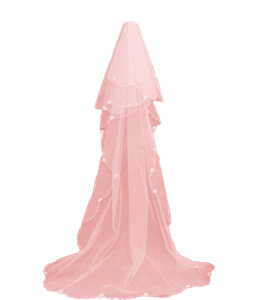
Turkish Red
#C8102E -

Alphabet Red
#ED1C24 -
Twitter New Logo Black
#000000 -
Nokia Blue
#005aff -
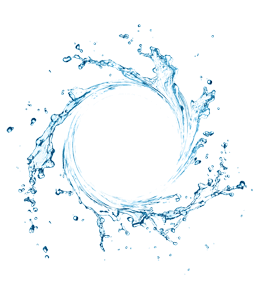
Poseidon (Pantone)
#133955 -

-
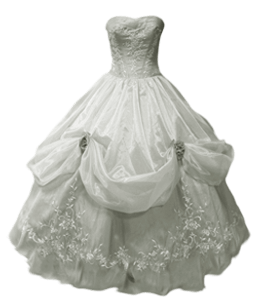
Snow White (Pantone)
#F2F0EB -
